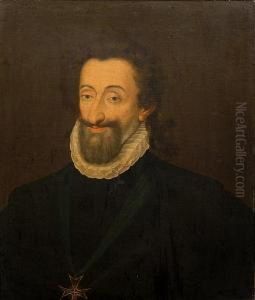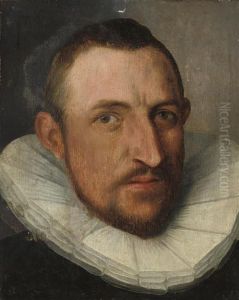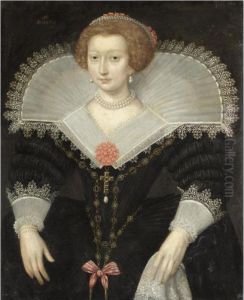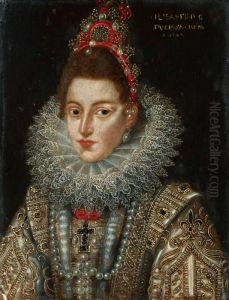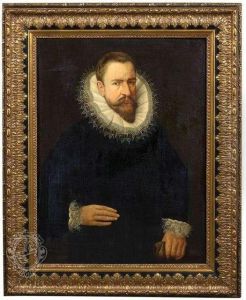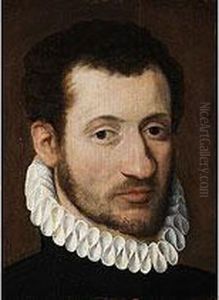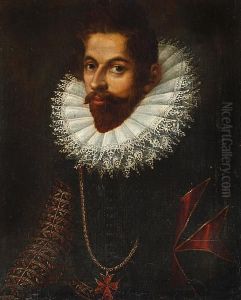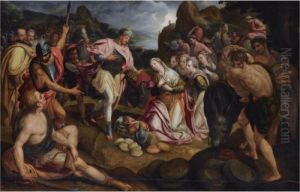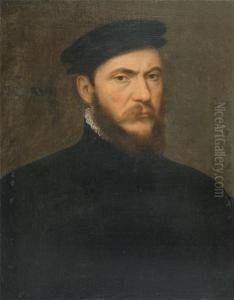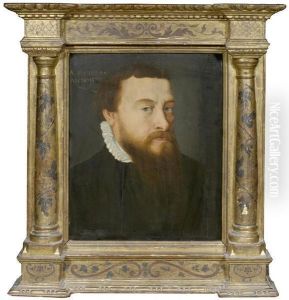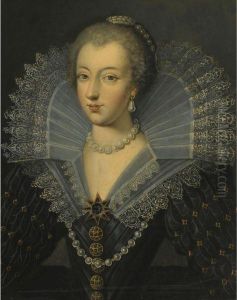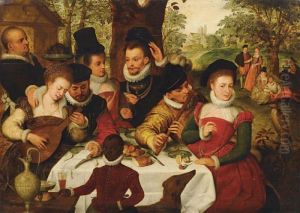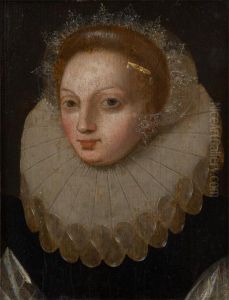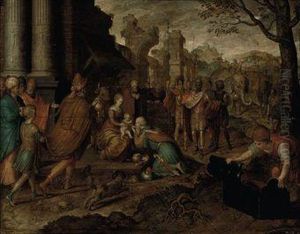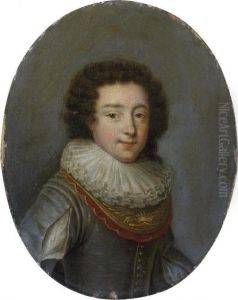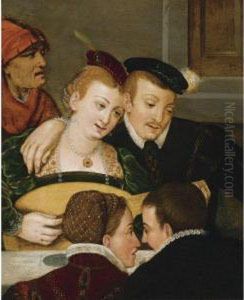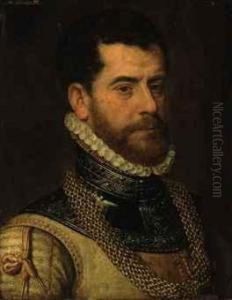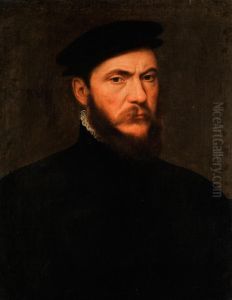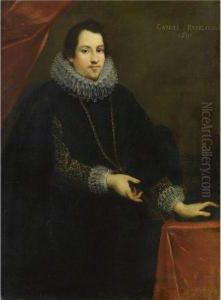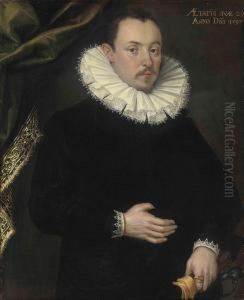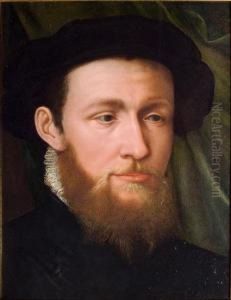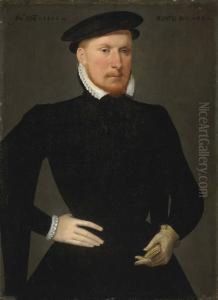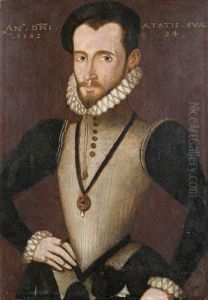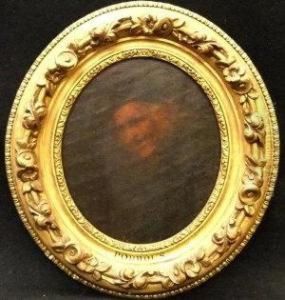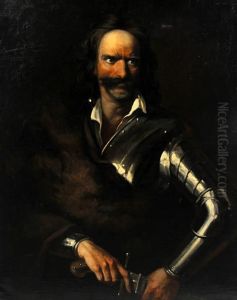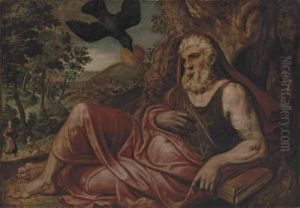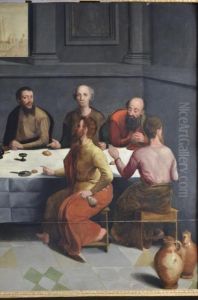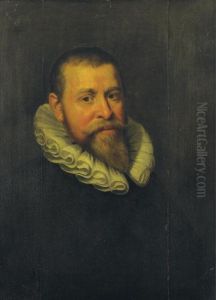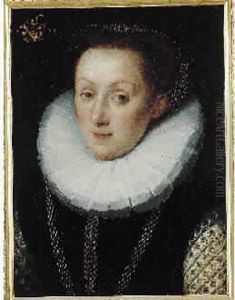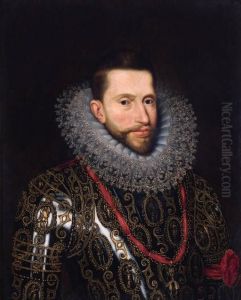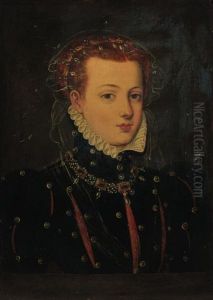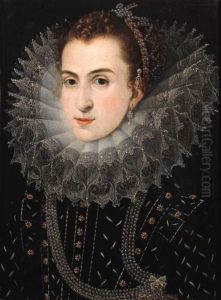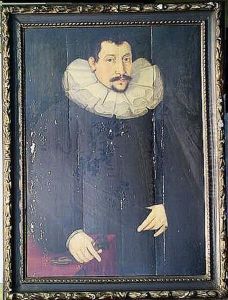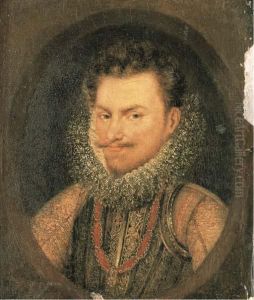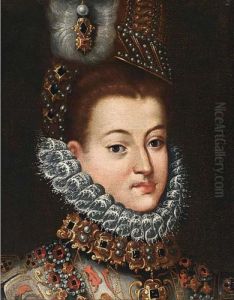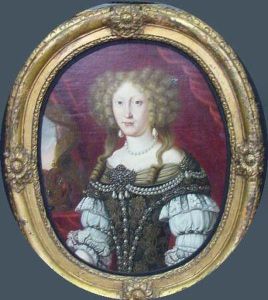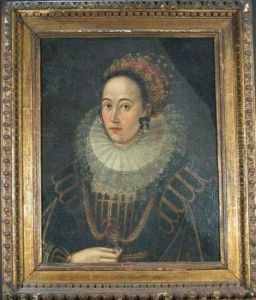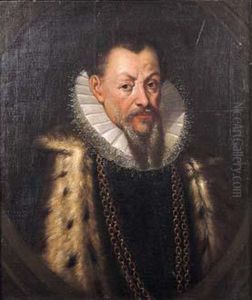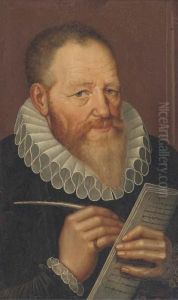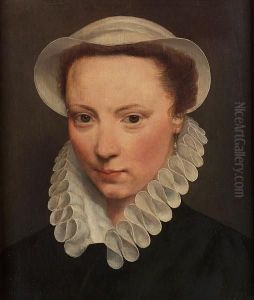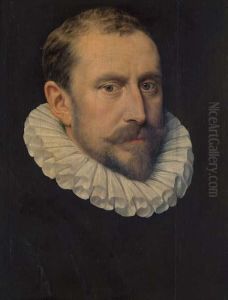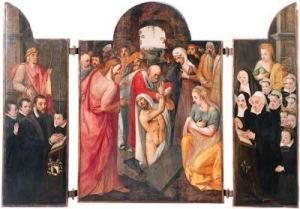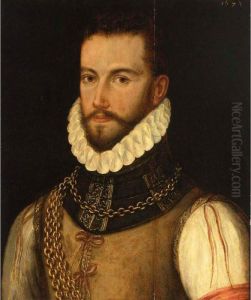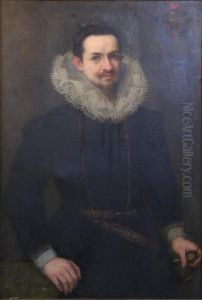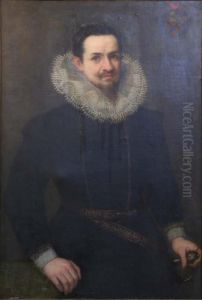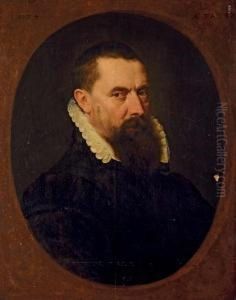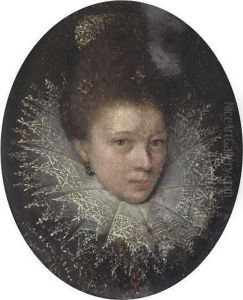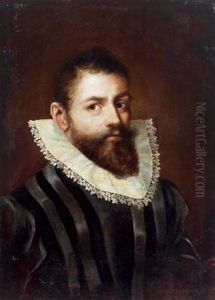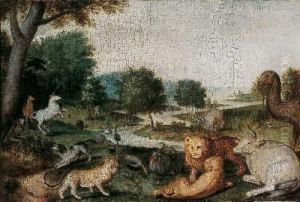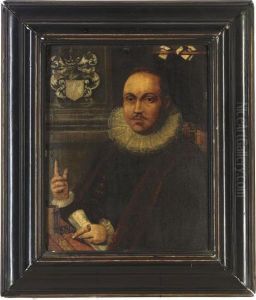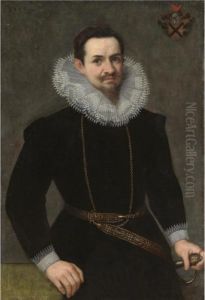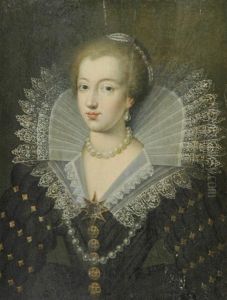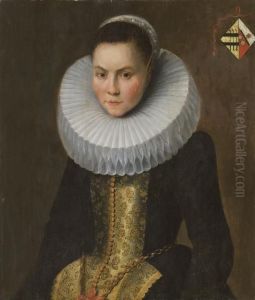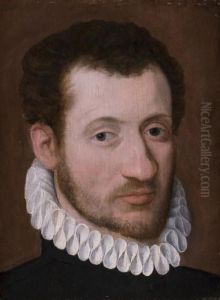Frans Pourbus Paintings
Frans Pourbus the Elder was a Flemish Renaissance painter who was born in Bruges in 1545. He was part of a family of artists; his father, Pieter Pourbus, was also a respected artist and a prominent painter in Bruges. Frans was known for his refined portrait paintings and religious compositions, which combined the detailed Northern Renaissance style with Italian influences that were becoming increasingly popular during that time.
Pourbus's work was characterized by a precise attention to detail and an emphasis on realism and texture, particularly in his depiction of fabrics and materials. He became a master in the Guild of St. Luke in Antwerp in 1564, where he was influenced by the works of leading painters of the time, such as Anthonis Mor and Pieter Aertsen. His portraits were highly sought after by the nobility and wealthy citizens due to the sophistication and elegance he brought to his depictions.
After spending some years in Antwerp, Frans Pourbus the Elder moved back to Bruges, where he continued to work and contribute to the city's artistic life. He became the official city painter of Bruges in 1570, a position that enabled him to work on various projects, including the creation of large altarpieces for local churches and designing festive decorations for public events.
Frans Pourbus the Elder's legacy continued through his son, Frans Pourbus the Younger, who became an even more prominent portraitist, working at various European courts. Pourbus the Elder's body of work, although not as extensive as his son's, played a significant role in the transition of Northern European painting from the Renaissance to the Baroque period. Frans Pourbus the Elder died in Bruges in 1581, leaving behind a body of work that has been appreciated for its technical skill and elegant portrayal of his subjects.
